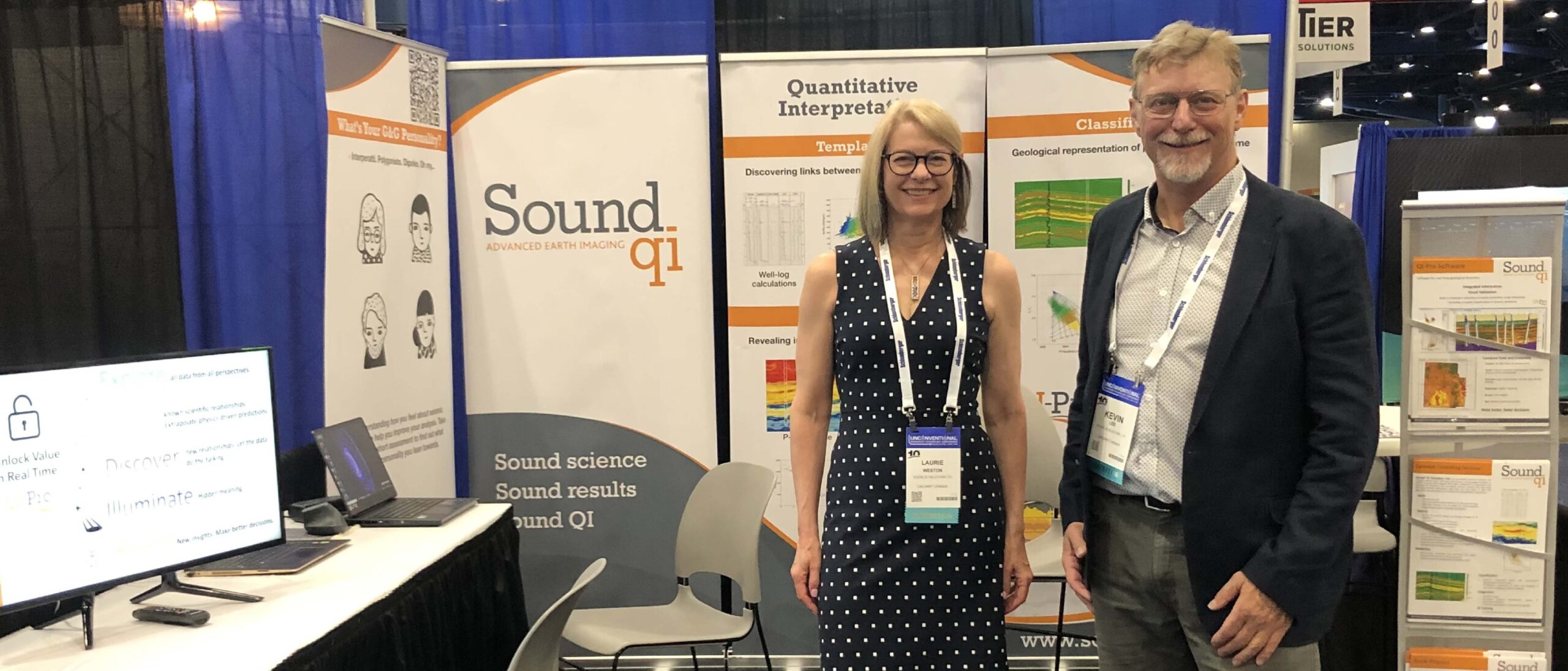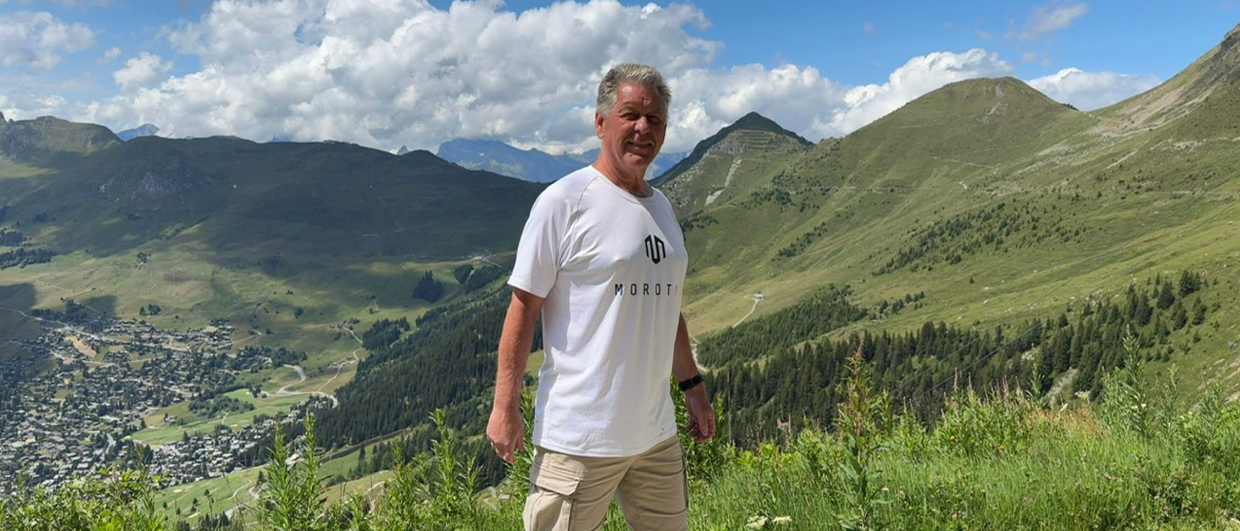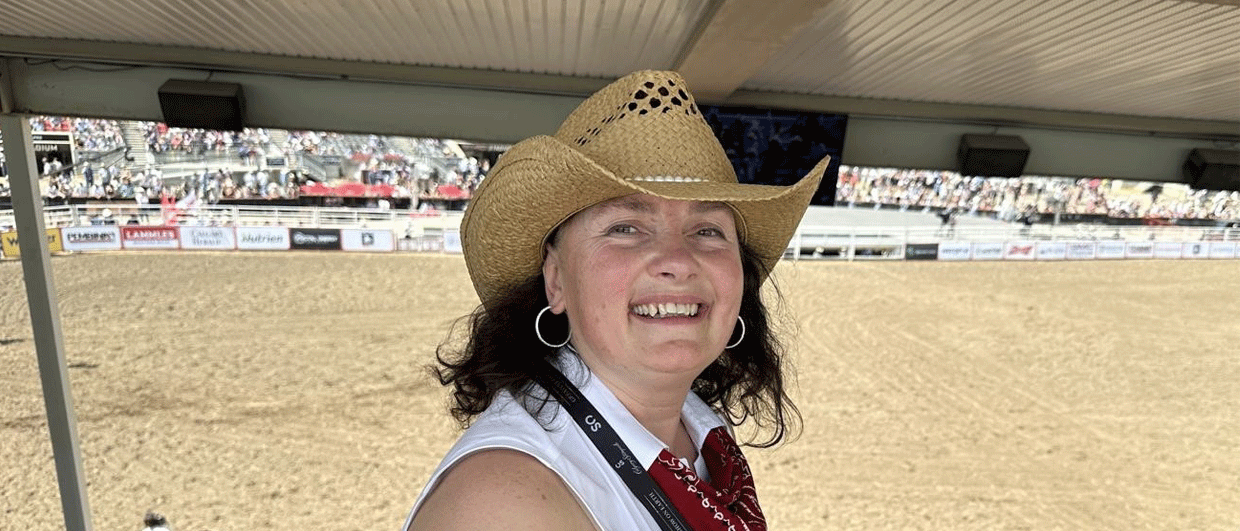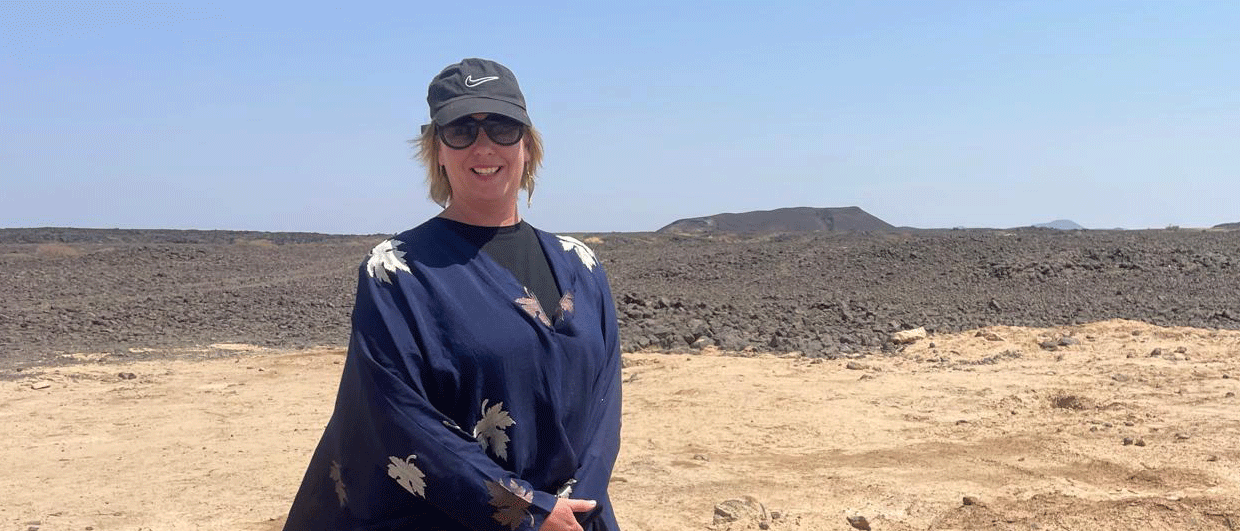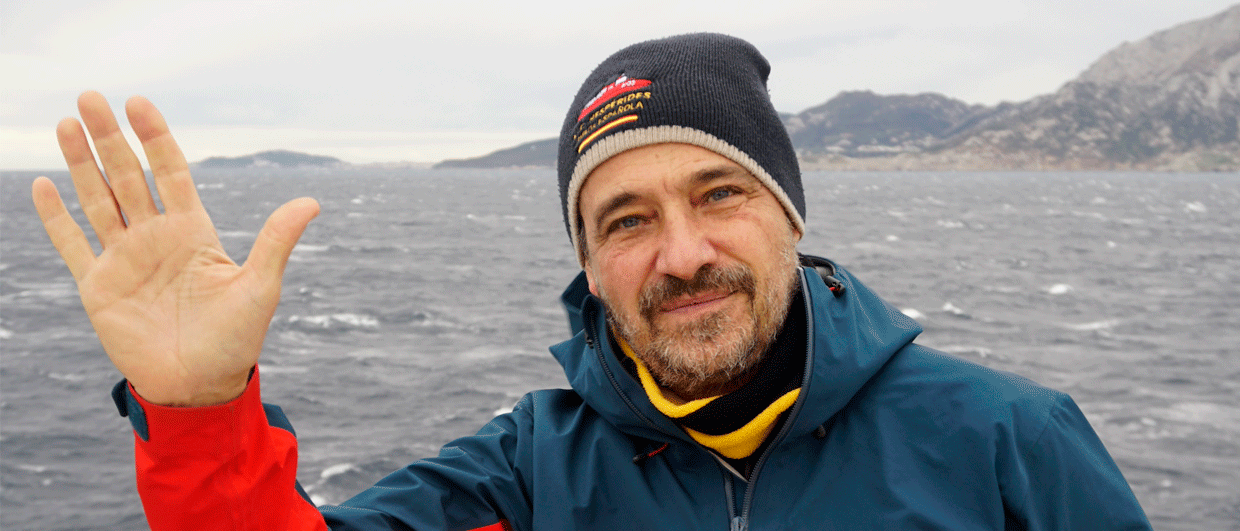“We need this,” said a geoscientist from a major operator in Houston once Laurie Weston had finished one of her presentations as part of the Canadian SEG distinguished lecturer tour.
It was in 2017, ten years after she had launched her own business in Calgary. “It’s always a great feeling to get attention from a major, she says. “It’s one of the drivers behind doing it all.”
This initial conversation led to many follow-up meetings with the operator, but it didn’t result in a contract at the time. “Things do not always go the way you want them to go,” Laurie says. “A technical specialist may see the value of something you do, but that’s only the start of a long chain of hurdles before having a signature on the dotted line. If one thing is needed in the service sector, it is resilience”.
Onshore Canada, seismic data is relatively costly, and that’s why I felt the need to get the maximum value out of it.
We meet in an Indian café in Houston and enjoy a coffee and a tasty late breakfast. It is yet another warm and humid day in August, straight after the IMAGE Conference. We are both tired from three days of conferencing, so it is nice to sit together for a bit without the interruptions big events tend to bring.
I am going to hear what Laurie learned along the way from establishing her company to where she is today, what drove her to do it and the sacrifices it sometimes requires.
“What kind of games are you playing?”
The first time Laurie’s desire to go for it herself surfaced was when she worked at Nexen in Calgary in 2007, where she arrived after years working for Shell Canada and Lasmo in London.
“I worked two days a week, as a mother of three daughters,” she says. “And as I worked only two days a week, I was given the crappiest computers they had. I tried to run my seismic inversion algorithms overnight, given the time it took to complete these exercises. But then, overnight system updates imposed by IT would often terminate the process prematurely.”
Laurie was convinced of extracting more value out of the seismic though, and was determined to perform the process of running the memory-demanding exercises successfully. “Onshore Canada, seismic data is relatively costly to acquire compared to drilling wells,” she explains, “and that’s why I felt the need to get the maximum value out of it.”
But given the challenging corporate circumstances she had to deal with, she decided to take her fate into her own hands. Laurie was going to buy the hardware out of her own pocket and offer the service herself, unknowingly initiating a whole different set of challenges.
It turned out to be a great idea. Even before purchasing the computing power, she already had three clients lined up, with projects worth a considerable amount. She could definitely afford a new work-station.
And so it happened. Rolling up to the computer hardware store in her minivan, accompanied by three little girls in princess dresses, Laurie started a conversation with the store manager about the kit she required. The store manager looked surprised at her and the kids: “What kind of games are you playing?”
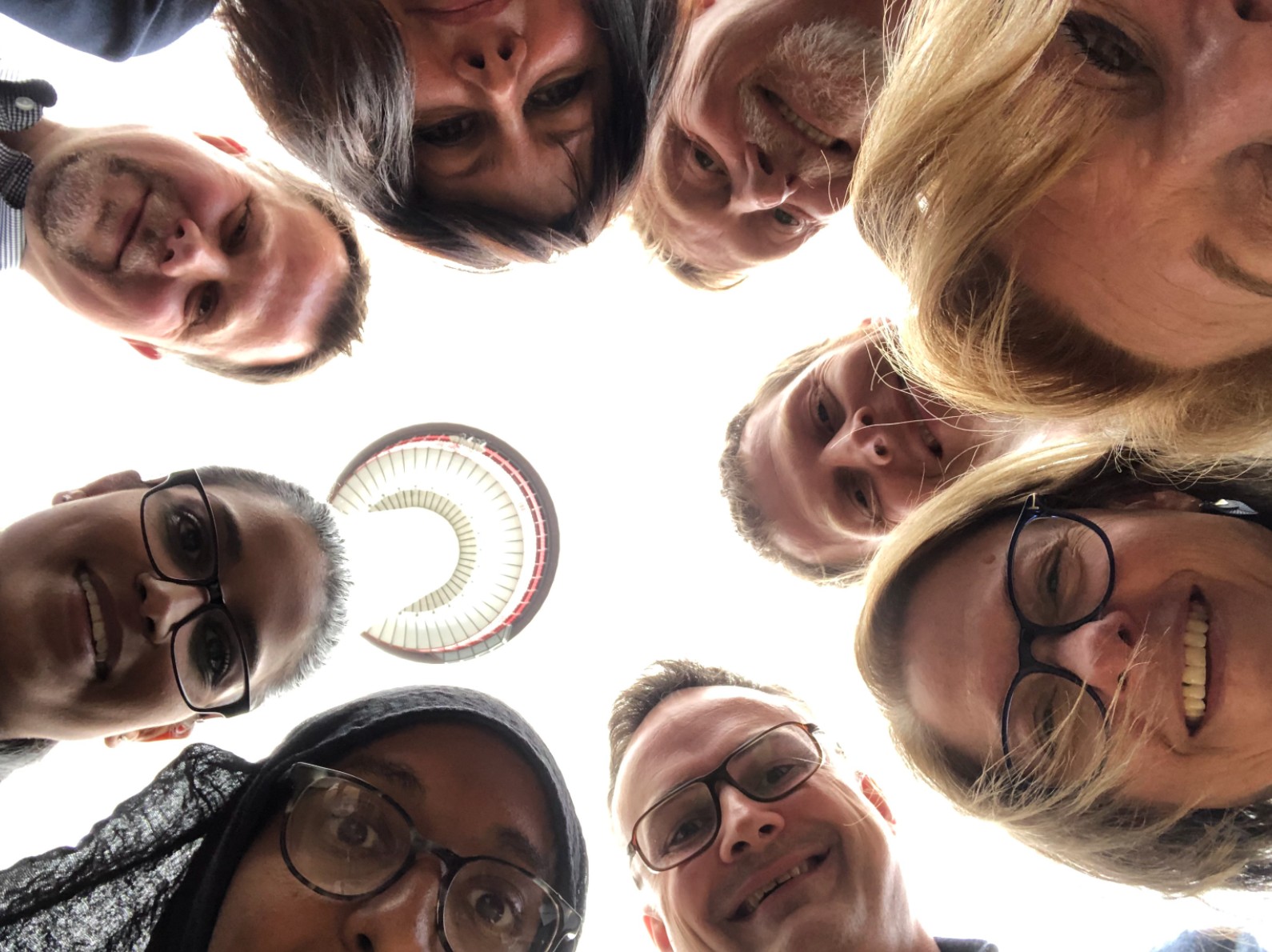
A rollercoaster
Laurie soon started hiring people for the company that she named Oil Sands Imaging. Times were good, and with that came more responsibility, and also, delegation of tasks.
But larger teams also come with challenges. “I made many mistakes,” she admits. “Hiring people without knowing what I was doing was one of those mistakes. It caused a situation whereby we were losing resilience rather than gaining it.”
Faced with a downturn taking its toll on her project portfolio from 2014, Laurie made the call that it was better to join a bigger organisation, and Oil Sands Imaging became part of Canadian Discovery, a local consultancy. However, with that, she lost the capacity to continue developing the fledgling tools she had started at Oil Sands Imaging, and then: “My developer was made redundant when I was on holiday,” she says.
The tide turned again in 2017, when Laurie was on the distinguished lecturer tour described at the start of this article. “From one day to the next, whilst being in Houston, I changed the logo on my slides because we were going independent again,” she says. It was the start of Sound QI.
The start of something new
The 2017 distinguished lecture tour came at the right time. Initially, a little nervous to present in Houston and having to answer questions from geophysical gurus such as John Castagna, Laurie overcame her impostor syndrome. After her talk, John even came to her and said, “You have taught this old dog some new tricks.” It was the start of a new friendship that has lasted until today, with Laurie using John’s office when she was in Houston on business in the years that followed.
Back home in Calgary, Sound QI started simple. “As with so many companies, Canadian Discovery had taken a hit during the oil price crash, leaving plenty of open office space, so we could stay there behind a pile of Canadian Discovery’s storage boxes,” Laurie continues. “And one of the first things I did,” she says, “is re-hire my software developer, because I had plenty of new ideas to build into the software.”
One of the things Laurie had observed during her career was that inversion results and seismic attributes were not being utilised to their maximum potential. This led to the idea of building software that enables geophysicists to interactively filter the entire spectrum of attributes in 3D space such that areas of potential interest can be quickly highlighted. The tool she imagined is now commercial and known as Maestro™.
“Compare it to finding the best place to catch lobster,” Laurie explains. “Finding this sweet spot in a swath of sea is not only dependent on water depth, but also on salinity, current movement, availability of food, and several other factors. The same holds for identifying a prospect to drill; it may have a certain Vp/Vs ratio, but it could also require constraints imposed from other attributes at the same time. “I believe that this interactive way of filtering all the attributes offers a great way of using seismic data in the best possible way,” she says. Incidentally, John Castagna called the idea “game-changing”.
“I’m not going to let it pass by”
Our late breakfast meeting is coming to an end, and it is time for me to order my Uber to make my way to the airport again. Our conversation comes back to where we started, to that moment during her distinguished lecturer tour when a geophysicist from a major operator wrote his email address on a napkin. The opportunity that did not materialise in the end. Now, eight years later, this person has retired, but he told his successor to reignite the conversation with Laurie because he still sees the potential. “Who knows what it will bring, she says. “But one thing is for sure, I am not going to give up on this, because, among other things, I have learned how to be so much more resilient in the intervening years. I’d surely be willing to give it another go. I believe in the value of our offering, and I’m never going to let these opportunities pass by!”

